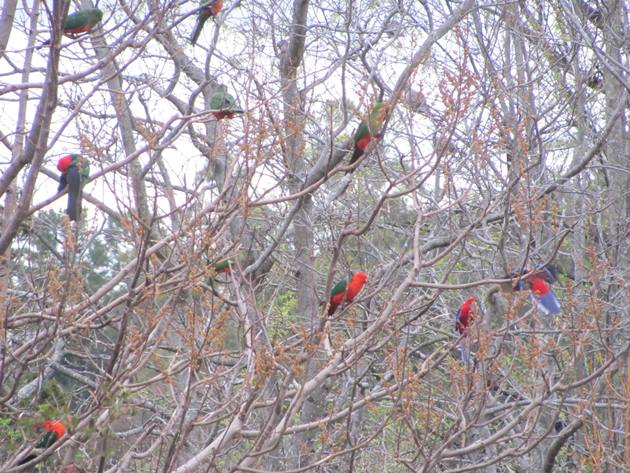PROTECT YOUR DNA WITH QUANTUM TECHNOLOGY
Orgo-Life the new way to the future Advertising by Adpathway Peregrine (Gusto) comes in for a landing, February 2022, Ohio (photo by Chad+Chris Saladin)
Peregrine (Gusto) comes in for a landing, February 2022, Ohio (photo by Chad+Chris Saladin)9 September 2025
Yesterday I mentioned that though many peregrines migrate, Pitt’s peregrines stay here year round. Let’s look at who migrates and who doesn’t with a focus on peregrines in the Americas.
Migratory peregrines
Peregrines eat birds for a living so they have to leave when their food source flies away on migration. In fact peregrines fly with their food because they can catch and eat birds in the air!
North America’s arctic peregrines all leave within a week of the autumnal equinox (22 September this year).
In late October 2008 an immature arctic peregrine was passing through Pittsburgh when he got stuck on a balcony. He probably left at the equinox. Read about his rescue here.
 Juvenile arctic Peregrine Falcon found in downtown Pittsburgh, late October 2008 (photo by Todd Katzner)
Juvenile arctic Peregrine Falcon found in downtown Pittsburgh, late October 2008 (photo by Todd Katzner)Here are some of the birds he would have eaten on the breeding grounds — American pipit, northern pintail and lapland longspur — which leave at the autumnal equinox.
 American pipit, Algonquin Provincial Park, Canada (photo from Wikimedia Commons)
American pipit, Algonquin Provincial Park, Canada (photo from Wikimedia Commons) Northern pintails (photo by Alan Schmierer via Wikimedia Commons, Creative Commons license)
Northern pintails (photo by Alan Schmierer via Wikimedia Commons, Creative Commons license) Lapland longspur (photo from Wikimedia Commons)
Lapland longspur (photo from Wikimedia Commons)This slideshow dramatically illustrates how quickly arctic peregrines leave on migration. The dark purple blob in Arctic Canada in the week of 20 September is gone by the next week.
Non-migratory peregrines
There’s a lot for a peregrine to eat in in North American cities. Pigeons live year here round and there is an influx of migratory starlings in winter.
 Pigeons in flight (photo from Wikimedia Commons)
Pigeons in flight (photo from Wikimedia Commons) Winter flock of starlings in Newark, Ohio (photo from Wikimedia Commons)
Winter flock of starlings in Newark, Ohio (photo from Wikimedia Commons)In eastern North America peregrines are reported on eBird in cities during the shortest days of the year — the week of the winter solstice 20 December. This map indicates a higher concentration of peregrines at the coast, most of whom are migratory, with scattered inland dots of non-migratory individuals.
 Peregrine abundance in eastern North America on the winter solstice, week of Dec 20 (map from eBird Status and Trends)
Peregrine abundance in eastern North America on the winter solstice, week of Dec 20 (map from eBird Status and Trends)Pittsburgh Peregrine Fans, notice how Pittsburgh is a dark purple dot on the map. Those are reports of our resident peregrines. Good work, eBirders!
Watch as peregrine abundance ebbs and flows across the globe. Some of the year round locations in the Southern Hemisphere are fascinating.























 English (US) ·
English (US) ·  French (CA) ·
French (CA) ·